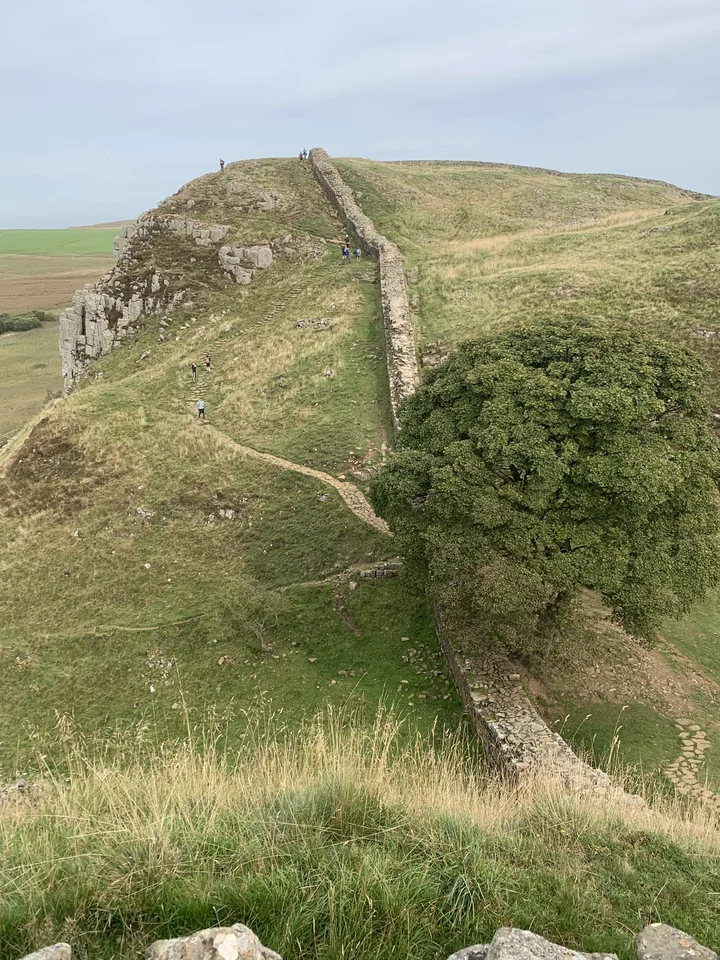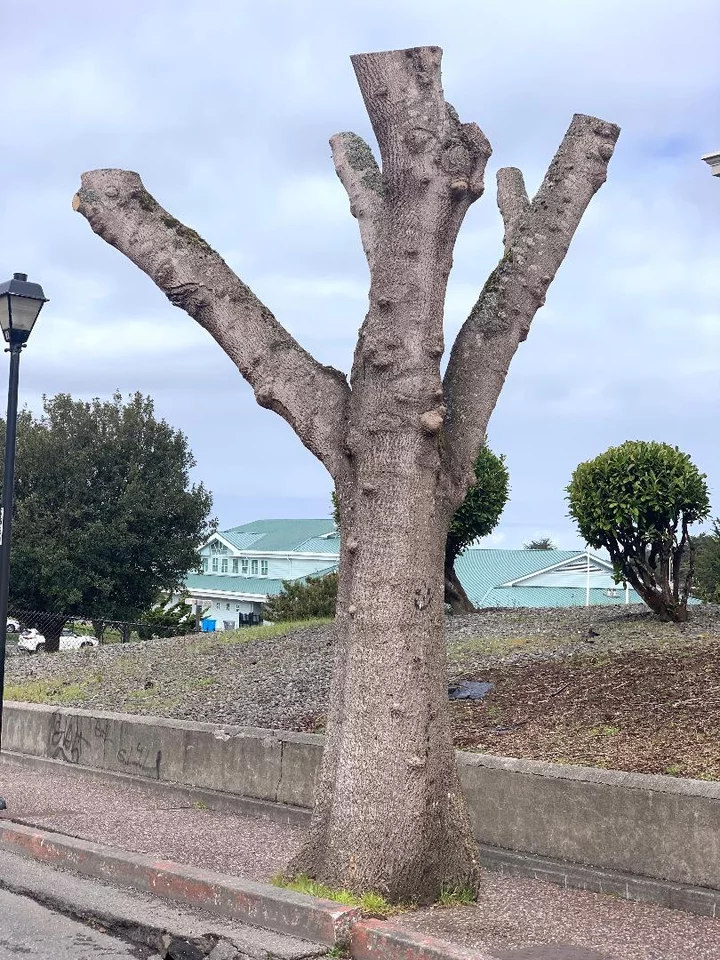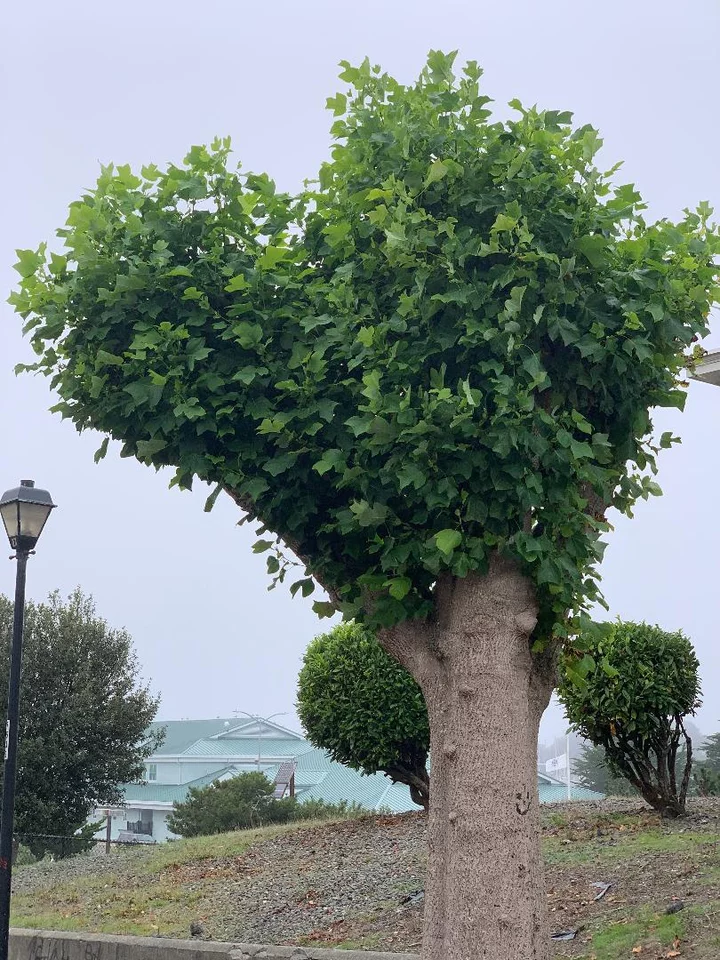During the night of September 27-28, while storm Agnes drowned out any other sounds, some troubled soul took a chainsaw to Britain’s beloved “Robin Hood Tree” in northern England. The following morning, hikers walking along Hadrian’s Wall found the 150-year old tree lying forlornly across a section of the wall, built nearly 2,000 years earlier during the Roman occupation of Britain.
Hadrian’s Wall and the Robin Hood Tree (All photos by Barry Evans)
The tree, a sycamore, had been planted around 1870 by a previous landowner, Newcastle lawyer John Clayton (1792–1890). It’s thanks to him that so much of Hadrian’s Wall is preserved. Originally a 70-mile long barrier between Roman Britain to the south and unconquered Picts to the north, it was built under the orders of Roman Emperor Hadrian between AD 122 and 127. In Clayton’s day, the dressed stone was a handy source of building material for local farmhouses, which he evidently put a stop to. Today, about 20 miles of stone wall remains, mostly about 4-foot high, compared to its original height of 20 feet.
The “Robin Hood Tree” moniker resulted from the 1991 Kevin Costner movie Robin Hood: Prince of Thieves, in which the location of the tree, “Sycamore Gap,” made for a worthy location for the legendary outlaw, despite being nearly 200 miles from Sherwood Forest.
Why it’s called “Sycamore Gap”
A huge outpouring of grief and anger followed the act of vandalism. People reminisced about being engaged, and wedded, there, visiting the tree with their kids, taking selfies there, scattering the ashes of loved ones around its roots. It won Britain’s “Tree of the Year” award in 2016. Anyone hiking the wall, as we did two years ago, knows the spot well — Sycamore Gap is a natural dip caused by melting glacial waters thousands of years ago. Britain’s National Trust, an organization devoted to heritage preservation, now owns the wall and adjacent land.
If newspaper reports are to be believed, the question on everyone’s mind was, Can the tree be saved? It takes 150 years or more for a sycamore to grow to a decent height — the felled tree was about 100 foot high — but maybe there’s still enough life left in the stump for it to rejuvenate. A National Trust manager said that the tree could possibly regrow in “coppiced” form, and that seeds had been collected to propagate saplings.
Coppicing is a process that’s been used for thousands of years in which a tree is cut down to a stump that, in certain species, encourages new shoots to grow. Some years later the coppiced tree is harvested and the process begins again. (A copse is a woodland in which trees are harvested in sections on a rotation.) Birch can be coppiced for firewood on a four-year cycle, while oaks are typically coppiced every 50 years. Curiously, a tree that is regularly coppiced doesn’t die of old age, since the process keeps it at a juvenile stage.
Closer to home, last March the City of Eureka saw fit to chop down what, in my mind, was its most beautiful tree, the old plane tree just down Second Street from the Carson Mansion. Except they didn’t cut it down completely, they pollarded it. Pollarding is a similar process to coppicing, except that the tree is cut at a higher level to prevent animals from grazing on the new shoots. In the case of my beloved plane tree, it seems to have worked spectacularly well — see the photos immediately following it being cut and now, after a few months of vibrant growth. (We’re left with the question, why the City cut it in the first place, with no opportunity for public input or discussion. A worker I spoke to insisted it was dying, but the current luxuriant display betrays that lie.)
What had been, IMHO, Eureka’s most beautiful tree, March 2023
For a city that prides itself on being at the heart of the redwoods, we’re starved of trees, and even when new saplings are planted (many by the local citizens’ group Keep Eureka Beautiful), they’re often destroyed by vandalism — check out the sad shape of the ten trees we planted, twice (!), behind the Red Lion on 3rd Street.
Carson Mansion tree, October 2023
Meanwhile, what I think of as the Carson Mansion tree is enjoying a new lease on life. I only hope Britain’s Robin Hood tree will respond as well to the vicious insult visited upon it.




CLICK TO MANAGE